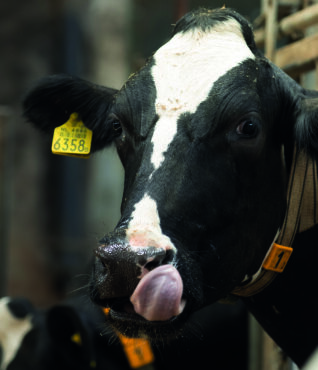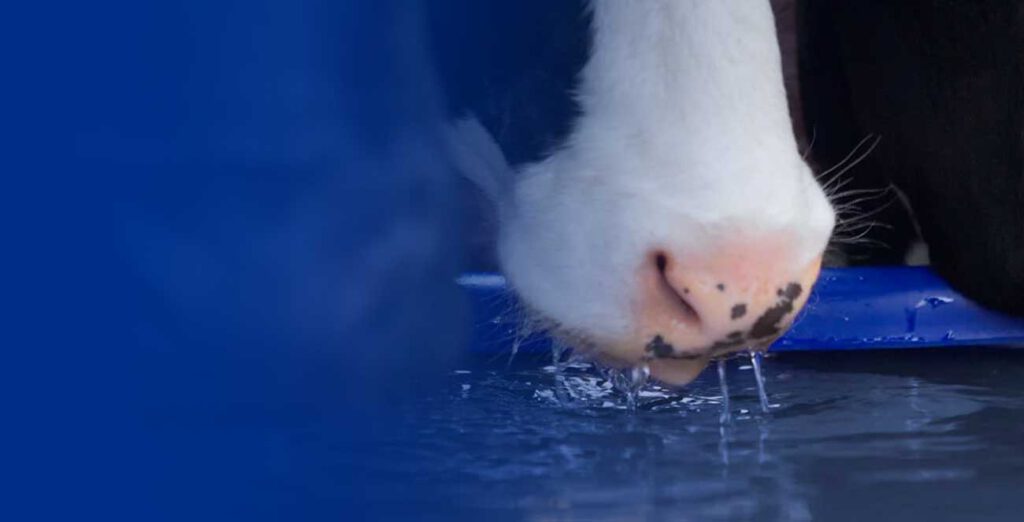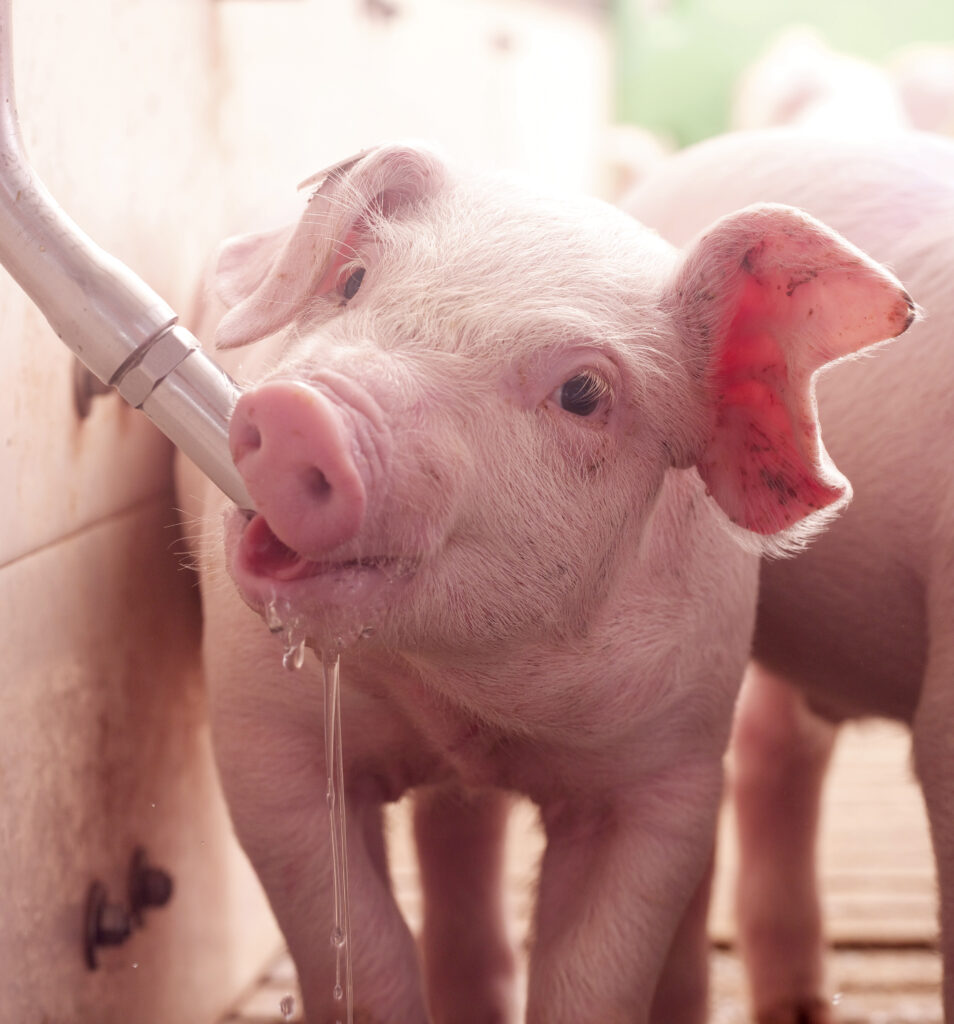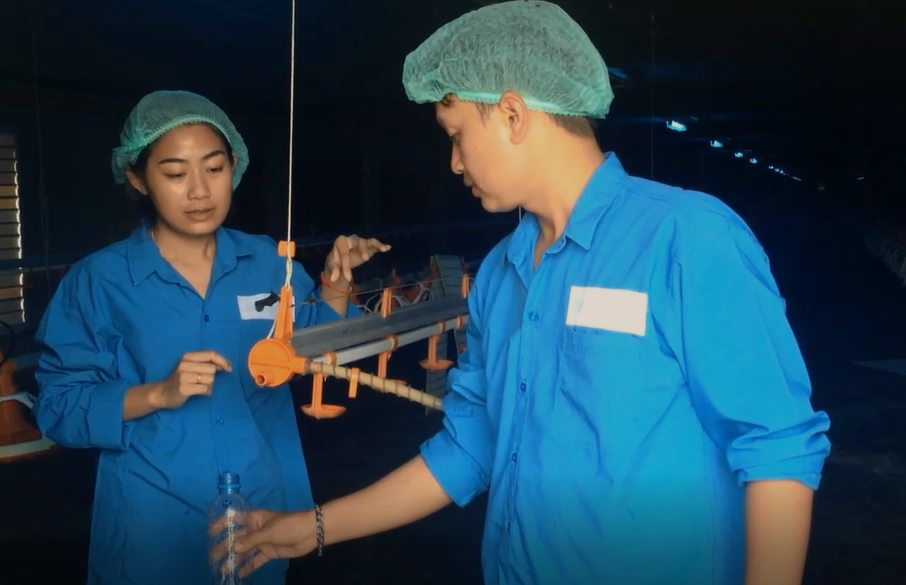Effective measure for heat stress
Heat stress is something we have to deal with more and more. Dairy cattle are more sensitive to extremely hot days than pigs or poultry, because of the heat produced by the conversions in the rumen. Also, the relative surface area of a cow compared to its mass is small, which makes it difficult to get rid of excess heat.
Curious about what Kanters can do for you in warm periods?
The effects of heat stress on cows are manifold. Up to 22% less feed intake, causing a sharp drop in milk production. Sub-acute rumen acidification is also a possibility. But these are not the only causes of reduced milk production. The combination of heat stress and rumen acidification ensures that many more endotoxins are released than normal. Endotoxins originate from gram-negative bacteria, which are always present to some extent. But now, rumen and intestinal walls are affected under the influence of a different distribution of blood in the body. Less blood to the stomach and intestinal system and more to the skin and lungs to give off heat. The result is that the stomach and intestinal wall show leakage. As a result, endotoxins and mycotoxins can enter the bloodstream. The cow reacts to this with an immune response. Special proteins are sent into the bloodstream that can bind these toxins. This takes a lot of energy and that energy cannot be used for milk production.

In a stress period, the cow needs extra minerals and trace elements.
The cow’s ability to respond adequately to these toxins in the blood is also important for its claws. These toxins damage the small blood vessels in the claws and joints, causing the cow to walk in pain. Claw problems, claw fever, are the result.
In a period of such stress, the cow needs extra minerals and trace elements. But this cannot be achieved with a lower feed intake. A higher dosage of minerals in the TMR could offer a solution, were it not for the fact that the feed intake would then be even worse.
Nutripreserve Basic
The measures to be taken have often been described in the trade journals. For example, provide fresh, cool water, feed more often per day and use a heating inhibitor, Nutriforte Basic, for hot fodder. Ensure that ventilators are running, whether or not in combination with water misting (large drops!). You can cool the roof with water. You can concentrate the ration (higher VEM). You have read it all before. But one very effective measure is always missing: “providing minerals and trace elements via the drinking water”! The water intake actually goes up! Cows actually need more trace elements in times of heat stress.
Kanters offers a complete package to achieve this: Nutriforte Top-Lac: liquid minerals and trace elements dosed in the drinking water by our Optimus dosing module.



